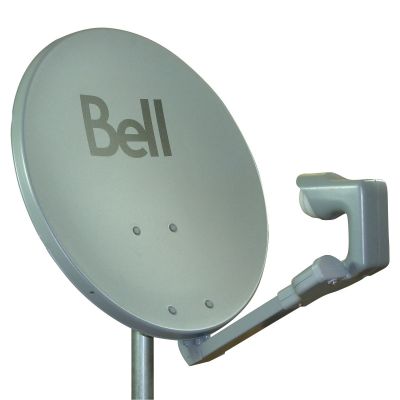Satellite Television
Satellite television is used world wide to viewers across large geographical areas even when infastrcture is absent. One necciary material used in satellite communications are fiber optics. Fiber optic networks, are used by their ability to transmit data quickly and reliably through light in glass or plastic fibers. These are ideal for large urban environments and their acess in remote or less accessible areas remains a challenge. This is where satellites are most useful as they serve as effective “gap fillers”. This means that in regions that lack fiber optic infrastructure will be ensured that even those in poorly connected places have access to television.
The below information covers satellite technology and topics such as light and optics and how it uses core concepts. References in APA format are also provided:
- What is Light and Optical Transceivers:
- Satellite technology use many properties of light, such as optical transceivers which are electrical signals and light signals. These devices are used for helping high data rates which are neccary for satellite communication. This use of light in satellites demonstrates how applications of light is used in advanced technologies.
- Lenses and the Thin Lens Equation:
- Lenses in optical transceivers used in satellites use light for transmission and reception of signals. The design and functionality of these lenses can be used with the thin lens equation. This demonstrates how manipulation of light uses communication capabilities no matter the distance.
- Reflection of Images in Concave Mirrors (Angles to Concave Mirrors):
- Satellite technology often utilize Concave mirrors to focus on incoming signals onto a receiver. This concept is how angles are used the way concave mirrors focus light. This is used in both aspects of optical and satellite communication technology. These mirrors help signal strength and quality which is important for reliable satellite broadcasting.
- Convex and Concave Lenses:
- Satellites use optical transceivers on both convex and concave lenses to help control and focus light directions effectively. They use parallell light in various optical applications showcasing the differnt options lenses in technology can do.
Satellite TV is connected to several advanced technological concepts learned in class. Optical transceivers in a satellite system is crucial for receiving electrical signals into optical signals. This helps with high data rate and is helpful for TV broadcasting. The choice of optical over radio frequency communication in these systems is decided by optical’s ability to transmit larger bandwidths and simpler formats which maintains high data rates which is crucial for the clear and reliable transmission of television signals.
Beam widths and amplitudes are also in satellite TV technology as they determine the signal srength based on the geographical coverage. Satellites use beam widths as well as spot beams which help send stronger signals to certain areas. This is used for satellite TV services that need high-quality transmissions in order to work. This influences a persons reception to TV quality which helps minimize potential of other signal interference and allows for the clearest broadcast.
Signal diffraction is another aspect that affects satellite TV. This happends gernerally when signals encounter other signals in the atomasphere. Interference or bending of waves may interfere constructivly or destructivly resulting in differnt wave patterns.
Antennas and receivers are the common kind of satellite used for TV systems. Antennas capture signals and broadcast from space. The satellite dishes that consumers install are used to receive transmissions from specific satellites. It works by converting them into audio or video signals that appear on the TV.
Satellite TV systems use various parts of the electromagnetic spectrum such as microwaves because of their ability to be used in any earth conditions with less interference. This ensures that satellite signals can be reliable on ground receivers under various weather conditions which make satellite TV a great option for remote areas.
References
- Radiall Insights:
- Radiall Insights. What is an optical transceiver? https://www.radiall.com/insights/what-is-an-optical-transceiver
- Telecom Review:
- Telecom Review. State of being connected: How fiber optics and satellites work. https://www.telecomreview.com/articles/reports-and-coverage/4934-state-of-being-connected-how-fiber-optics-and-satellites-work

References: